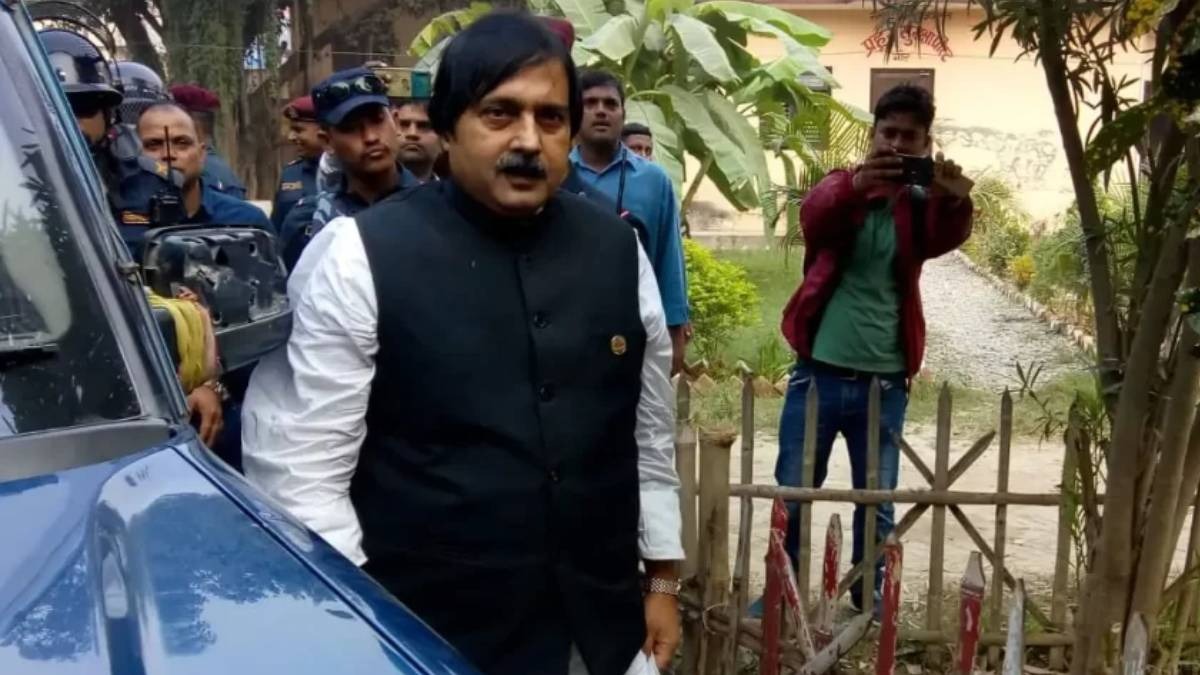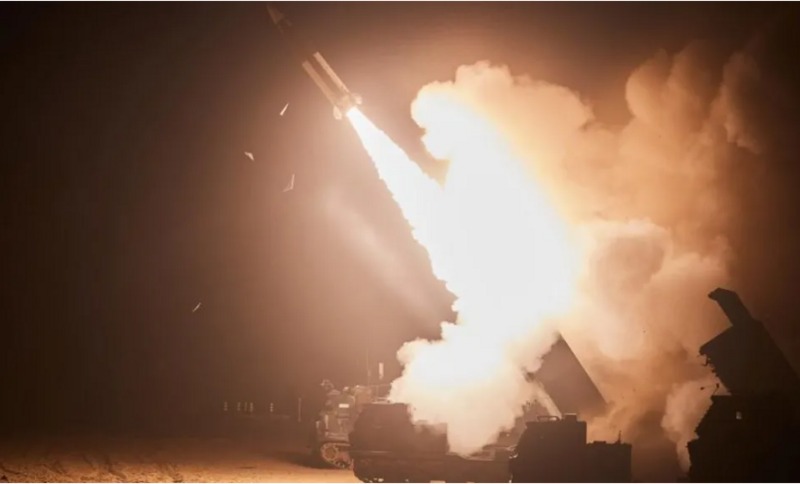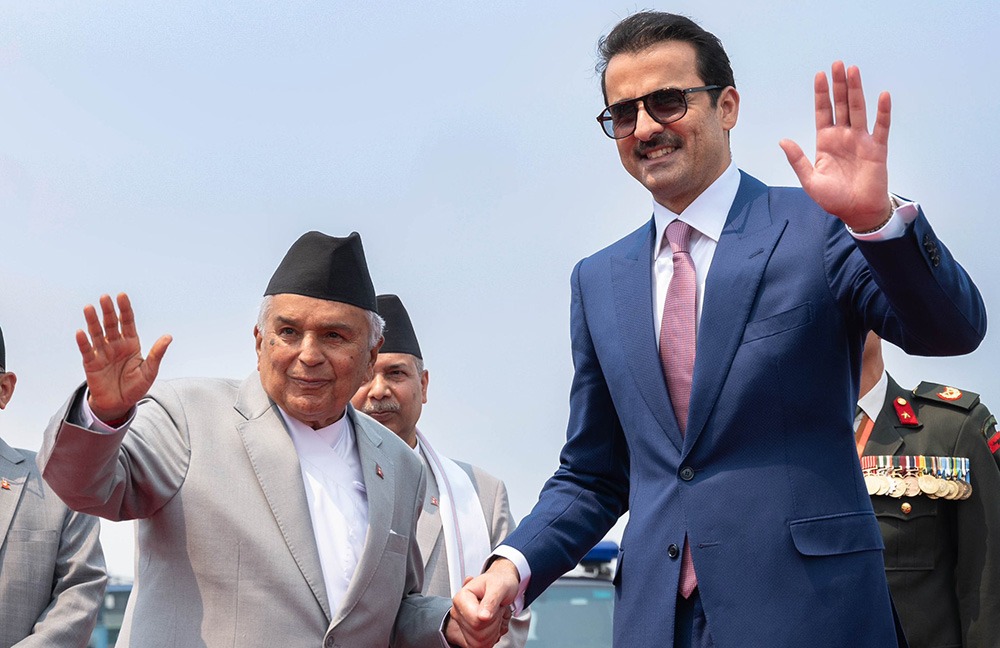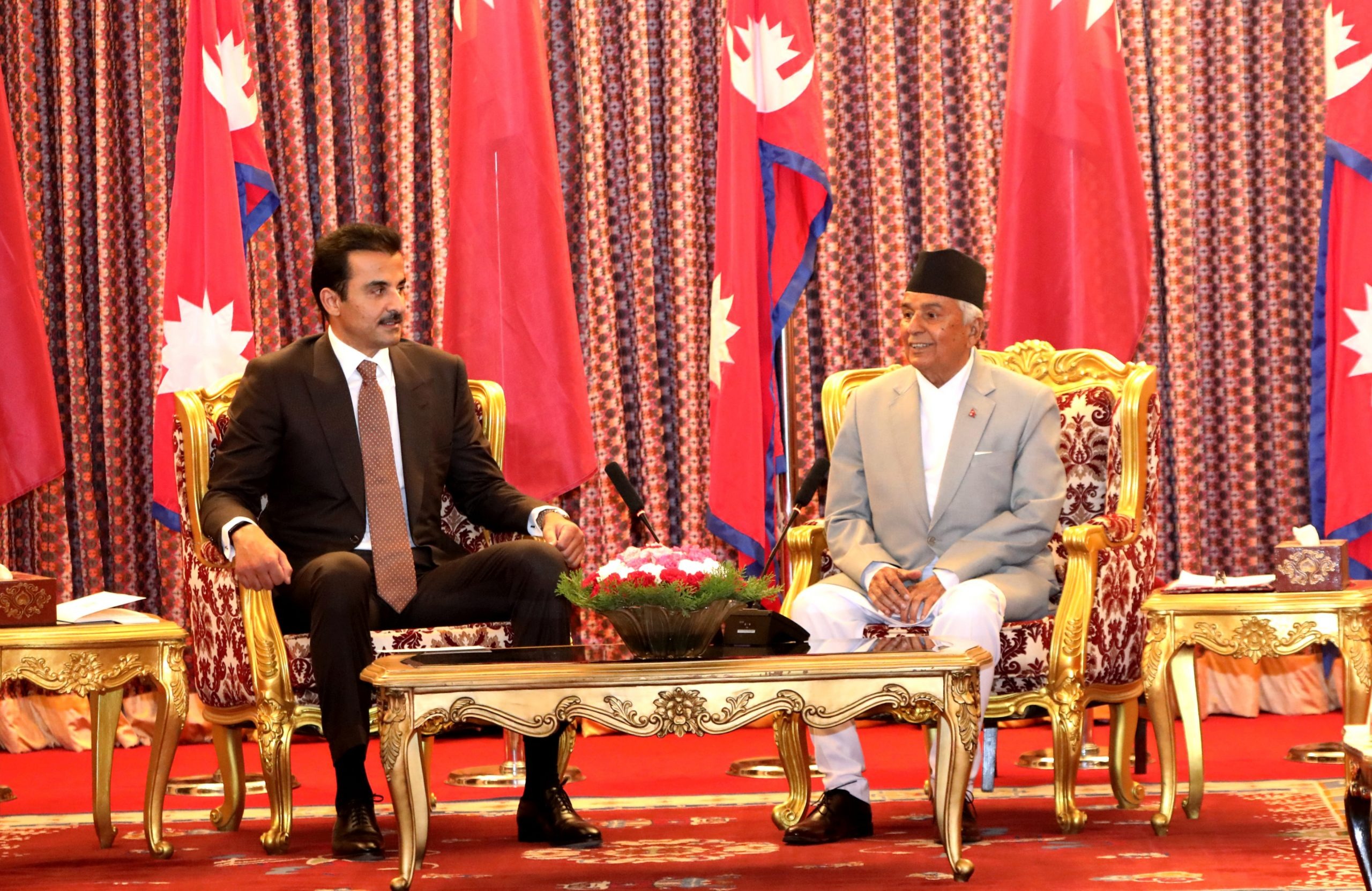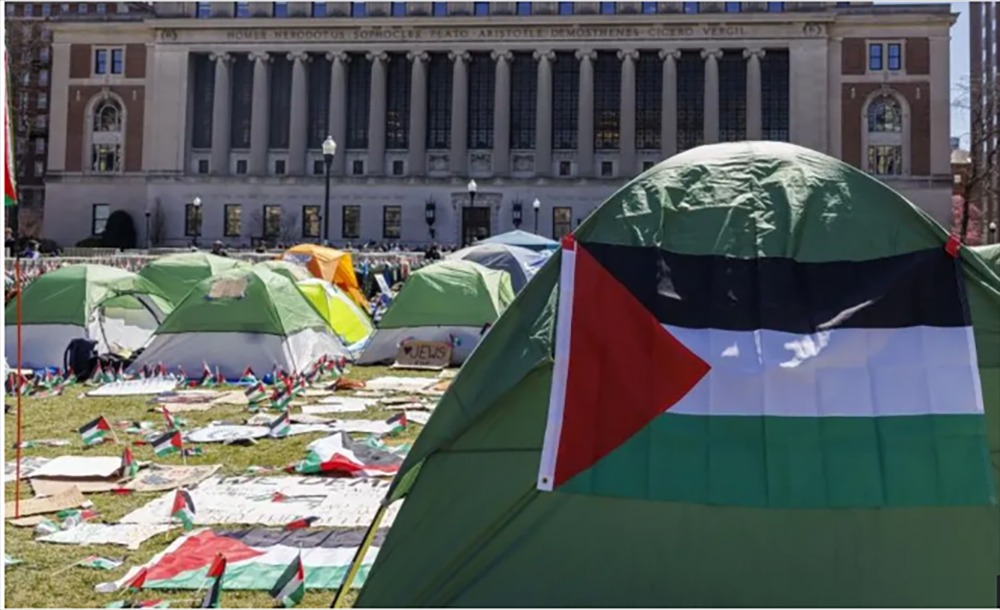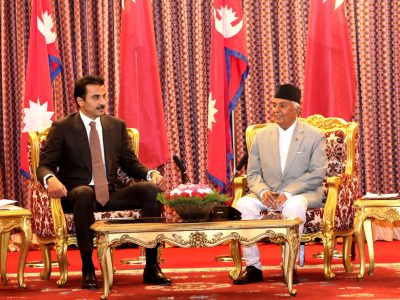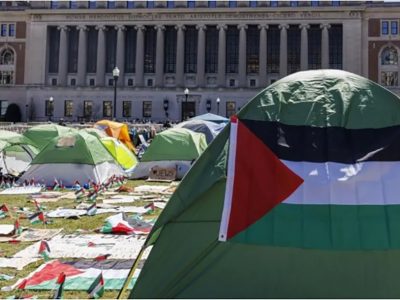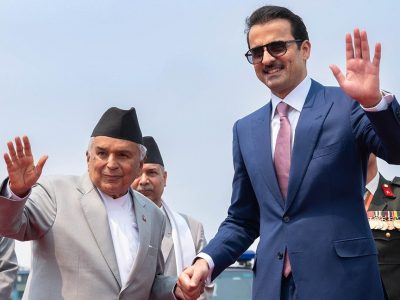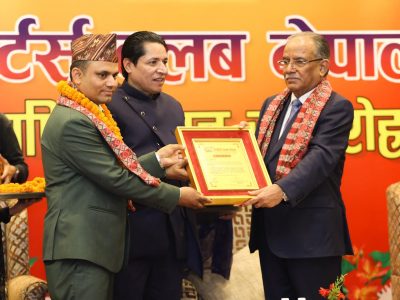Supreme Court orders Prachanda to show cause within 15 days
While attending a cultural Maghi festival gathering in January of 2019, Prachanda had publicly announced in Tundikhel that he would take full moral responsibility for the killing of 5,000 people during the Maoist war.
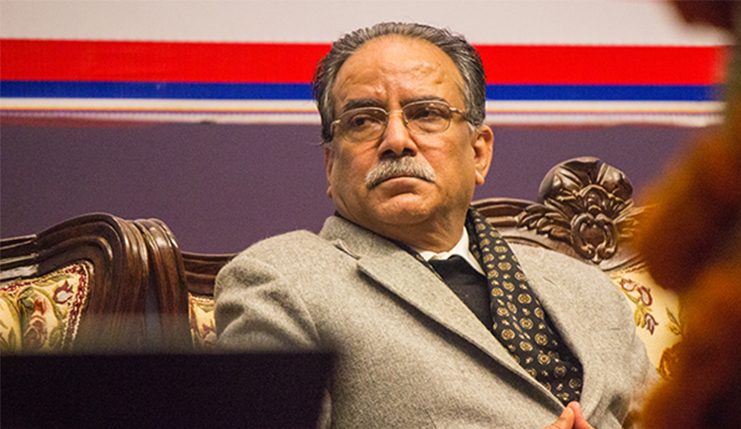
Kathmandu, March 10. The Supreme Court has issued a new order in the writ case against Prime Minister Pushpa Kamal Dahal Prachanda. The order instructs Prachanda to show cause to the case.
Earlier on Tuesday, two separate writs were filed in the Supreme Court requesting an interim order to detain Prachanda and proceed with the investigation on mass killing. The writs were filed by advocate Gyanendra Aran and Chiranjeeviwas Giri based on the public statement made by Prachanda three years ago in Tundikhel.
While attending a cultural Maghi festival gathering in January of 2019, Prachanda had publicly announced in Tundikhel that he would take full moral responsibility for the killing of 5,000 people during the Maoist war.
The writs were heard today by a single bench of Supreme Court Judge Ishwar Khatiwada. The justice ordered Prachanda to show cause to the petitioner’s demand for an interim order through the Attorney General’s office within 15 days.
Dr. Surendra Bhandari, Balkrishna Neupane, Dinesh Tripathi, Shivkumar Yadav, Gyanendra Aran, Mani Ram Vice President, Annataraj Luintel, and Dhravalal Shrestha are among the advocates who spoke today on behalf of the petitioner.
Nepal’s deadliest civil war
On February 13, 1996, the Maoist party, led by Chairman Prachanda, launched an insurgency with the stated goal of overthrowing the Nepali monarchy and establishing a people’s republic.
Over the next ten years, the Nepali people witnessed the country’s bloodiest guerilla warfare. The war between Maoist guerrillas and the Royal Nepali Army was characterized by numerous war crimes and crimes against humanity, including summary executions, massacres, purges, kidnappings, and mass rapes.
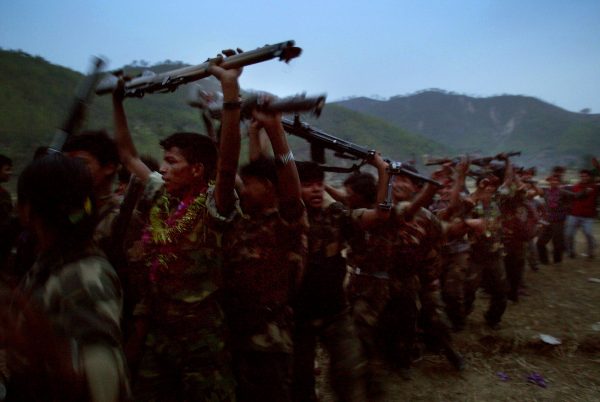
By the end of 2006, Nepal had already suffered the deaths of 17,000 of its citizens, including civilians, insurgents, and army and police personnel. A large number of rural families were forced to relocate from their ancestral lands to unknown safer locations. Youths flee to other countries to save their lives and career.
The war finally ended on 21 November 2006 with the signing of the Comprehensive Peace Accord between the Government of Nepal and the Communist Party of Nepal (Maoist Centre).
The agreement signed by Prime Minister Koirala and Maoist Commander Prachanda allowed the royal government to be replaced by a new government. The agreement also enabled the Maoists to place their weapons under UN supervision and become an important part of the new government.
Facebook Comment
latest Video
Trending News
- This Week
- This Month



